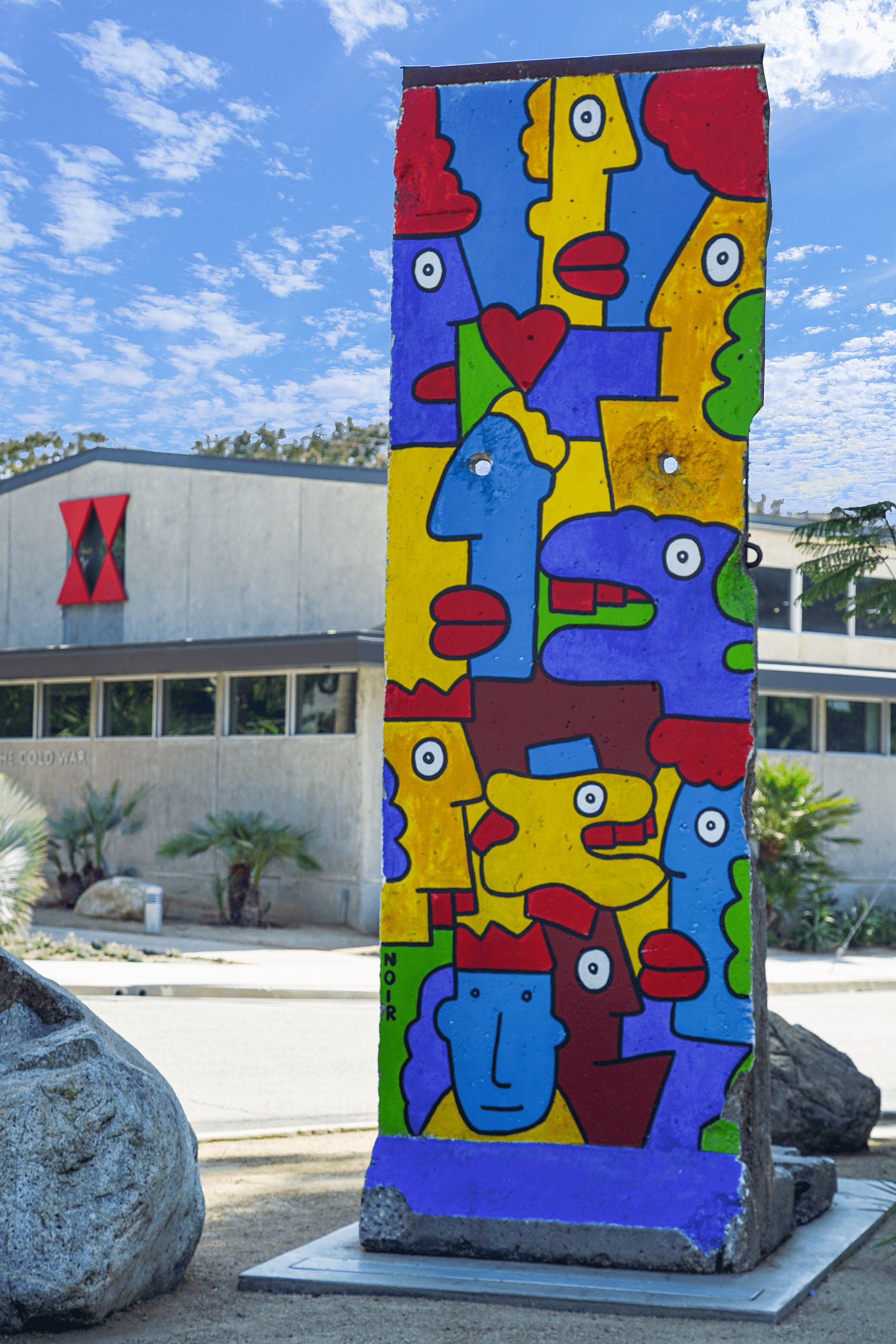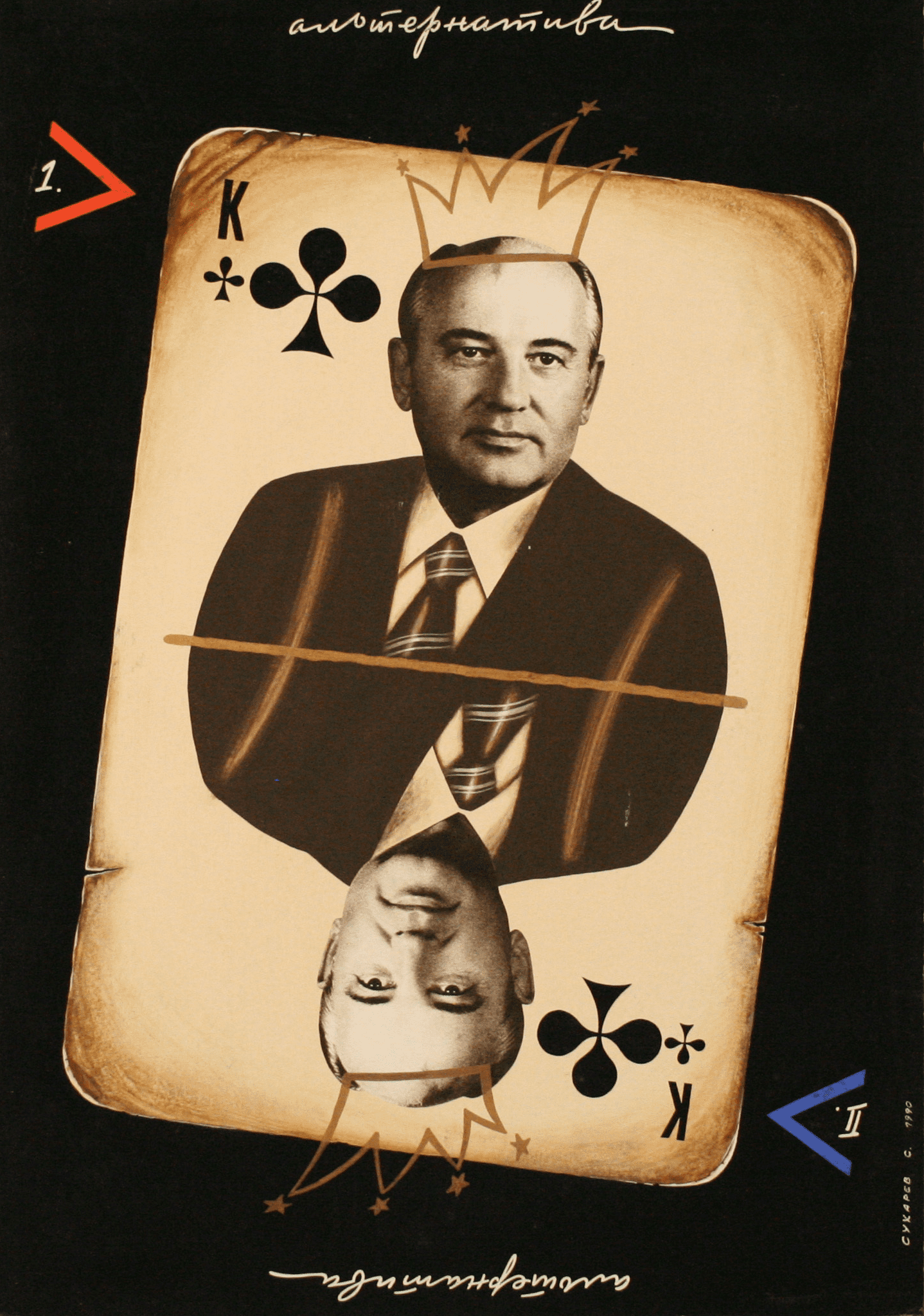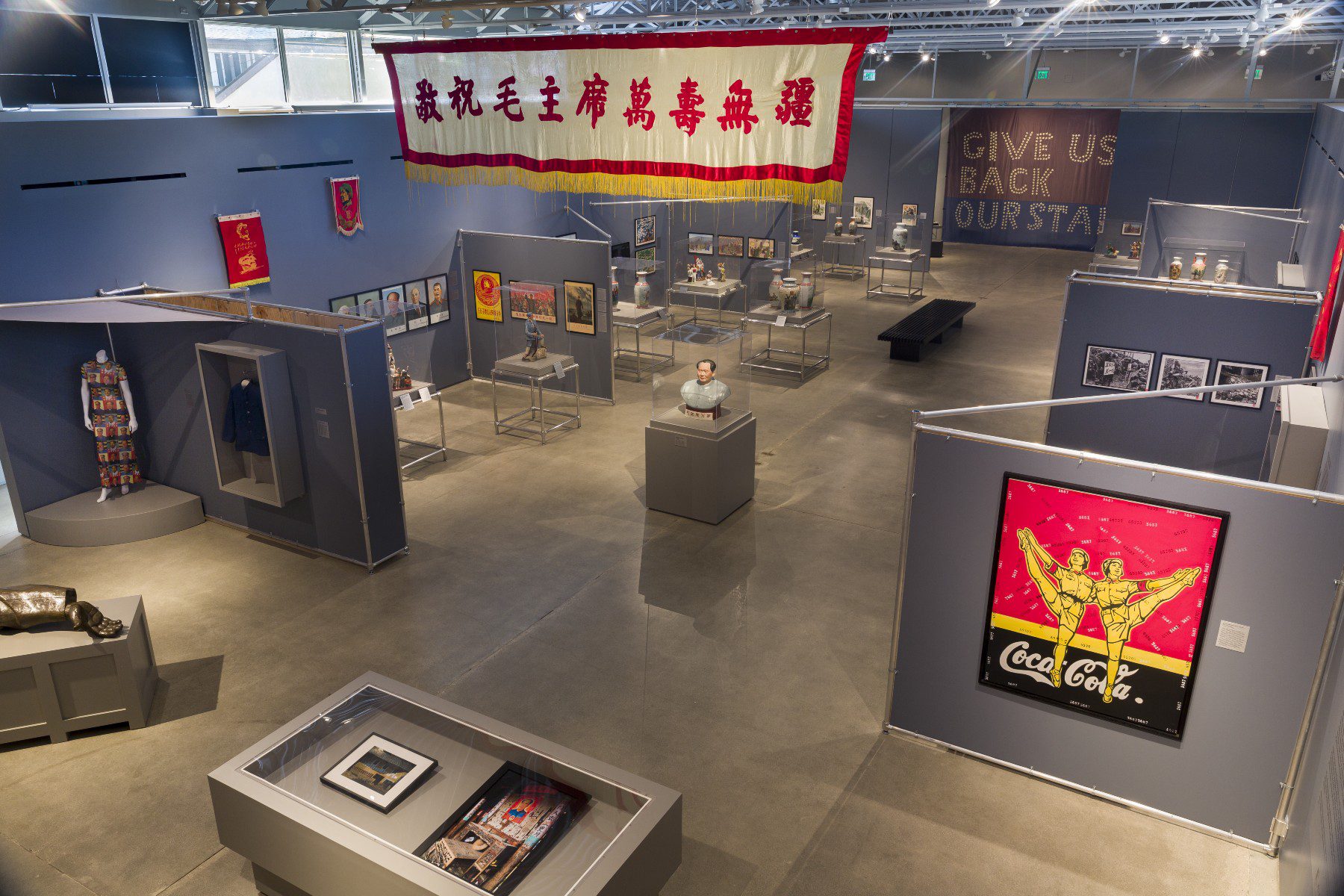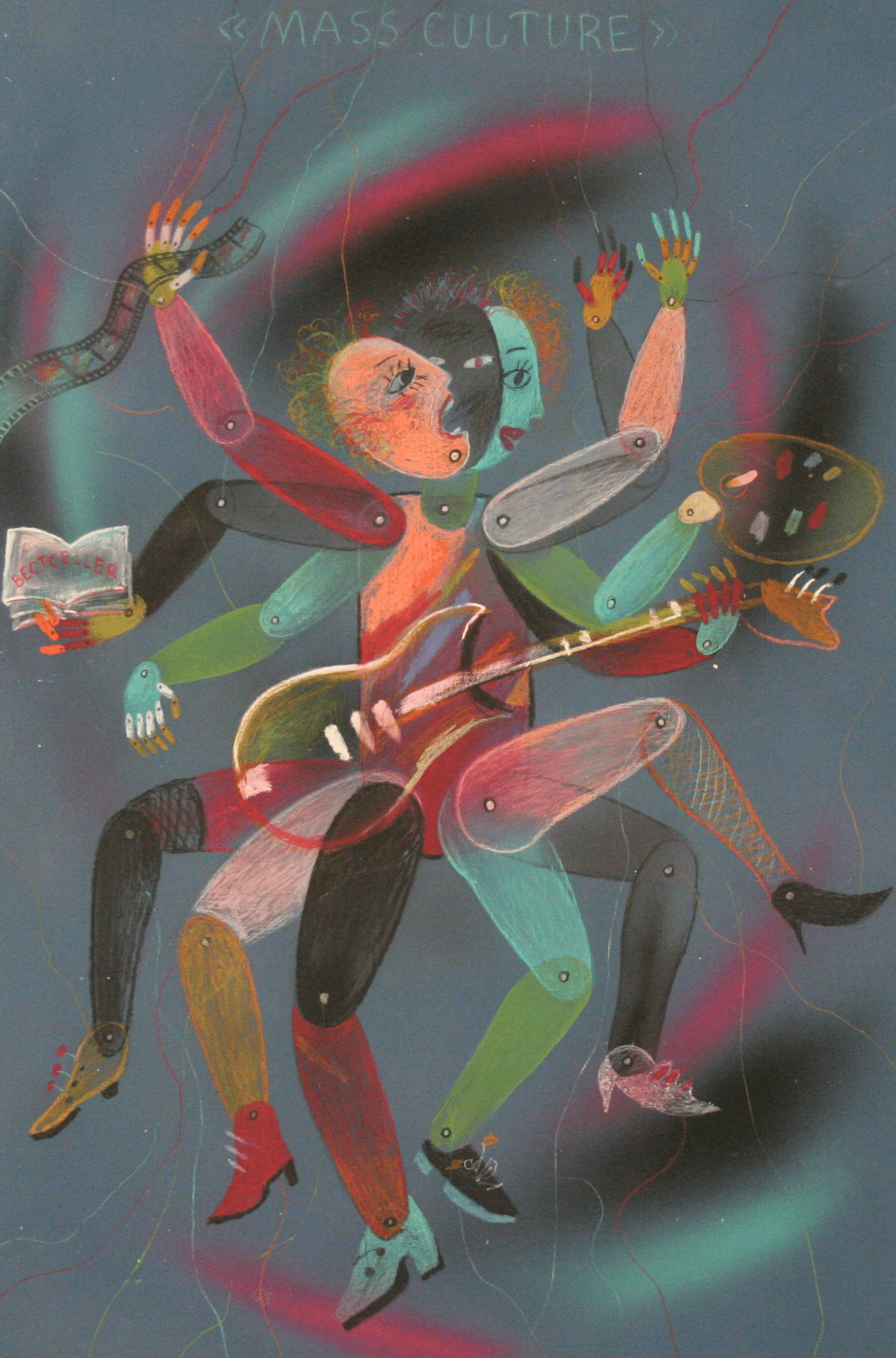Solidarity
Solidarity: Symbol of Freedom and Democracy
Forty-five years ago, the people of Poland laid down their work tools and their political differences to achieve a landmark victory—the birth of the first and only free trade union movement in the Soviet Bloc, fittingly called Solidarność, or Solidarity. The mass-based, grassroots movement set in motion a social revolution, invigorated with the ideals of justice, dignity, democracy, and nonviolence. In nine years’ time, Solidarity would help bring about the collapse of the Polish communist system and, by extension, the entire Soviet Bloc.
The Long March that Unseated Communism in Poland
Democracy did not come to Poland overnight. The anti-communist opposition had been heating up since the Communists seized power in the early post-WWII era, from workers strikes in the 1950s, to university demonstrations in 1968, and Catholic dissent led by Pope John Paul II in the mid-70s onward. When most failed, the opposition adopted new tactics to avert government crackdowns: coalition building and nonviolence effectively guided subsequent protests led by workers, intelligentsia and Catholic church leaders, culminating in the historic summer strikes of 1980, which gave rise to Solidarity.
The Largest National Strike in Postwar Europe
In July and August 1980, workers at the Lenin Shipyard in Gdańsk, led by electrician Lech Wałęsa and crane operator Anna Walentynowicz, organized a strike that would soon ignite a nationwide nonviolent movement of shipyard, factory, and transportation workers. Strikes fanned out across Poland until one million workers had added their weight to the demands for free trade unions. One million workers—the largest general strike in postwar Europe—forces the government to the negotiating table.
The Birth of Solidarity: The Only Free Trade Union Movement in the Soviet Bloc
The strikers’ list of 21 demands called for basic human rights in a state that had long suppressed them. The Gdansk Accords were officially approved and signed by strike leaders and communist party authorities on August 31, 1980. This pivotal moment marked the birth of Solidarity—the first and only independent labor union in a Soviet-Bloc country.
From Labor Union to National Pro-Democracy Movement: Sixteen Months of Freedom
Solidarity expanded rapidly into national, regional and local decision-making bodies with a membership of nearly 10 million adults, representing one-third of the entire adult population. It became a democratic social movement, not just a trade union, that breathed life into a vibrant civic life for the first time in decades. The social energy of the nation found expression in many forms: housing cooperatives, adult education, congresses, publications, radio, monuments, music, and graphic images—most enduringly, its eye-catching logo and banner. Solidarity’s art was created by and depicted an entire society expressing its wishes, plans, and sorrows in good times and bad. “Its rich and multiform graphic and verbal output arose from a new artistic inventiveness that had erupted along with political and social creativity,” noted activist Irena Grudzinska Gross.
By virtue of both its existence and their participation in its creation, people felt a sense of purpose, confidence and validity, a powerful challenge to the communist regime’s legitimacy. And that is why, in the eyes of the Polish Communist Party and the Soviet Union, the grassroots movement had to be stopped.
Martial Law: The Beginning of the End
On December 13, 1981, the government declared martial law and banned Solidarity in one of the most strategically executed military coups in recent history. Militia were installed on city streets, censorship and curfews were set, and ten thousand activists were arrested in the first week—9,000 men and 1,000 women, including most of Solidarity’s male leadership. The few leaders who were not arrested, went into hiding. Solidarity was severely crippled but would not be defeated. Its leaders understood that Solidarity was going to enter “the long, slow period when a revolution gestates,” noted journalist Lawrence Weschler.
Solidarity Goes Underground
The martial law crisis called for shifting gears from public protests and negotiating with the government, to the slow, simmering activities of building an underground network for clandestine operations like newspaper production. Underground operations called for the active engagement of multitudes of people, an effective formula for ensuring citizens that their movement remained intact and would never be defeated. The opposition media became the strongest weapon in their arsenal, providing Solidarity’s leaders with a needed platform from which to inform and guide the population. Equally important, an independent press, crucial to the health of a democratic society, could break the government’s monopoly control of information—and indeed it did. “The media and especially the print media were Solidarity. Yes, Solidarity was a trade union and the workers had demands and the intellectuals supported the workers, but the civil society in Poland was built through the underground press. Almost everybody was involved in either the writing or the printing or the distributing or the transporting or even the producing of the ink. Everyone felt involved.”—Anna Husarska, journalist
The Roundtable Talks and the Path to Democracy
The persistence of Solidarity members and the Polish populace bore fruit in the late 1980s. The roundtable discussions between the government and the opposition, spanning from February to April 1989, paved the way for the first free elections in June 1989. Solidarity’s overwhelming victory in these elections was a clear repudiation of communist rule and a step towards democratic governance.
The Solidarity Decade and Beyond
From the birth of the free trade union movement and its 16 months of legal existence, to its ability to survive martial law and sustain grassroots democratic activism, albeit clandestinely, to its success in unseating one-party rule in 1989, the Solidarity decade marks one of the most inspiring chapters in our lifetime. And, it is by no means a closed chapter. Looking back from today, we can see how Solidarity transformed not only the face of Poland, but the face of Eastern Europe and the European Union as a whole. It was the first Soviet Bloc country to make a peaceful revolution from communism to democracy in 1989, and a decade later, it led the negotiations that brought 10 new countries into the European Union in May 2004.
Solidarity’s influence extended far beyond the Polish borders, inspiring movements across the Eastern bloc and contributing to the eventual fall of the Soviet Union. Today, Solidarity remains a symbol of the successful struggle for democracy and human rights against authoritarian rule. Its legacy is etched in the collective memory of the Polish people and serves as an inspiration to those fighting for freedom and justice worldwide.
Text: Shana Penn




